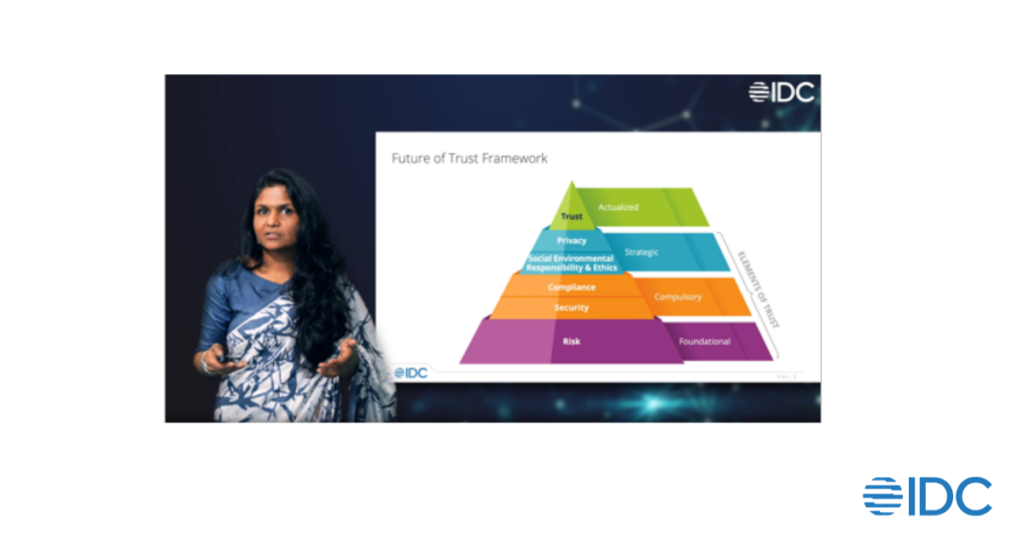In a situation where attention spans are fleeting and competition is fierce, the strategic use of storytelling emerges as a force in successful value-based selling. Sales enablement stories, when crafted with finesse, have the power to captivate, persuade, and ultimately drive conversions. If you find yourself questioning how to create high-value sales enablement content, consider these three pivotal elements that elevate sales enablement stories into high-impact narratives, seamlessly integrating the principles of value-based selling and a strategic sales enablement strategy.
1. Be Authentic
The era of scripted pitches is long gone. Modern buyers crave authenticity—they want to connect with real people and real stories. Embedding authenticity into your sales enablement story involves showcasing genuine experiences, challenges, and triumphs. Whether it’s a customer testimonial or a personal anecdote from a team member, the authenticity of your narrative establishes trust and resonates with your audience on a human level.
In the pursuit of authenticity, sales teams can leverage a powerful tool: the buyer conversation guide. This guide serves as a roadmap, empowering sales professionals to navigate conversations with a personalized touch. By providing a structured yet flexible framework, a buyer conversation guide ensures that the sales narrative aligns seamlessly with the unique needs and challenges of each prospect. This not only enhances the authenticity of the interaction but also enables sales teams to actively listen and respond to the specific concerns of the buyer.
A well-crafted buyer conversation guide goes beyond the traditional script, encouraging dynamic and meaningful exchanges. It equips sales professionals with the knowledge to ask the right questions, uncover pain points, and showcase how their product or service adds tangible value to the buyer’s journey. This personalized approach transforms the sales conversation from a mere transaction to a consultative dialogue, fostering trust and building a foundation for a long-lasting customer relationship.
View example Buyer Conversation Guide
2. Focus on your Persona
Every great story follows the classic hero’s journey, and your sales enablement story should be no different. By casting your customer in the protagonist role, you create a narrative that is relatable and emotionally compelling. This approach aligns seamlessly with the principles of value-based selling, where the focus is on solving the customer’s problems and adding tangible value to their journey.
A high-impact sales enablement story is not a one-size-fits-all affair. Recognize the diversity of your audience and tailor your narrative to resonate with different segments. This requires a keen understanding of your buyer personas and the ability to adapt your story to address their specific needs and challenges.
Digital coaching and sales mastery classes emerge as indispensable tools in this quest for knowledge. These modern methods of learning provide interactive, real-world scenarios, allowing sales teams to immerse themselves in the shoes of the buyer. Through simulated experiences, they gain insights into the intricacies of the buyer’s decision-making process, honing their skills to address objections and deliver compelling value propositions.

Credit: IDC Digital Coaching
3. Create a Visual and Interactive Story
In the age of information overload, visuals are the unsung heroes of effective communication. Incorporate visual elements into your sales enablement story, such as infographics, videos, or interactive presentations. These not only enhance the overall engagement but also make complex concepts easier to understand. A well-crafted visual narrative can significantly boost the memorability of your message, making it a valuable asset in your sales enablement strategy.
View example of a motion infographic.
Rather than presenting a one-way narrative, build your sales enablement strategy around a framework that encourages interactive engagement with your audience. Incorporate elements that invite participation, such as polls, quizzes, or interactive simulations. This not only keeps your audience actively involved but also provides valuable insights into their preferences and pain points. The interactive nature of your sales enablement story transforms it from a passive presentation to an engaging conversation, fostering a deeper connection between your brand and potential customers.
However, the effectiveness of interactive engagement also hinges on the tools at the disposal of the sales teams. To truly empower sales professionals to engage in more impactful storytelling, it’s imperative to ensure they are equipped with cutting-edge interactive tools. The value of interactive selling tools lies in their ability to guide prospects through a personalized journey and facilitate a two-way conversation. By tailoring the narrative to the specific needs and interests of each prospect, sales teams can effectively demonstrate the unique value proposition of their offering.
In the dynamic landscape of sales enablement, where innovation is key, the art of crafting high-impact stories becomes a potent weapon. By embracing authenticity, visual storytelling with interactive engagement, and adaptability, you can elevate your sales enablement strategy to new heights. These elements, when seamlessly woven together, create a narrative that not only sells but resonates, leaving a lasting impression in the minds of your audience.




